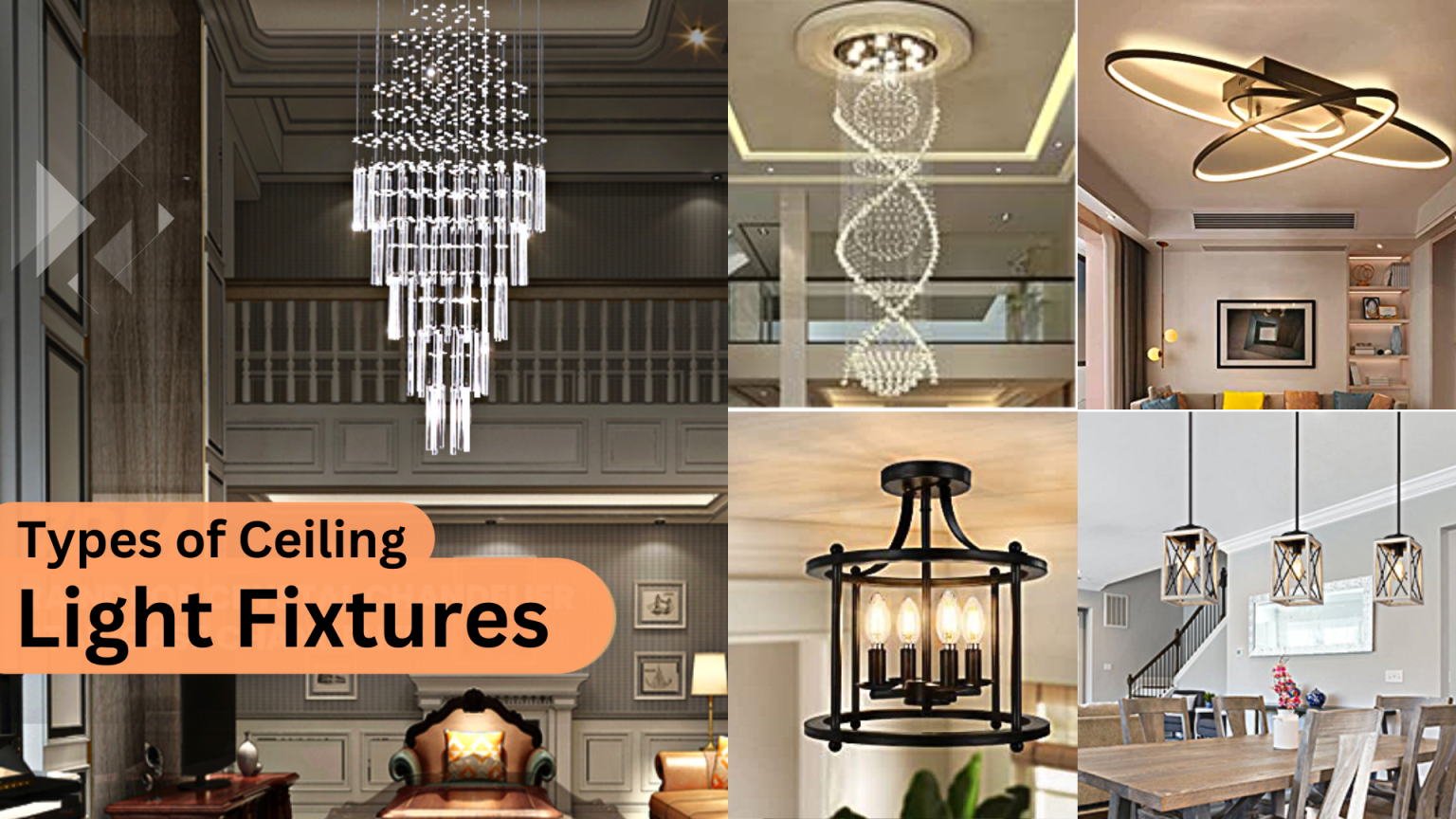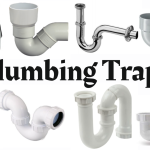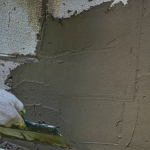
There are different common types of ceiling light fixtures, including flush and semi-flush mount fixtures, pendants, chandeliers, track lighting, recessed lighting, and more. When choosing the right ceiling light for your room, you should consider the room’s size, style, and overall atmosphere, as well as the style of a specific fixture.
Why Are Ceiling Lights Important?
Ceiling lights are essential for both practical and aesthetically pleasing reasons. You must also take existing decor and architectural elements into account. Since they are usually the main light source in a room, choosing the right one can both enhance the ambiance and meet the lighting needs of the occupants.
Ceiling lights come in a wide variety of designs, and each has a particular function. The typical options for your home include flush mounts, chandeliers, pendants, track lighting systems, recessed lighting fixtures, uplights, downlights, and flush mounts.
Ceiling lights should be installed in areas that receive the least amount of sunlight. For example, if there is no natural lighting in a hallway, installing a ceiling-mount light can provide adequate illumination during the evening hours.
When shopping for room lights, consider installing more than one light fixture in your ceiling. When deciding on which ceiling lights to purchase, think about the different activities you will do in the room as well as other light sources.
Types of Ceiling Lights
With technological advancements, various types of ceiling light fixtures are now available based on design, customer needs, aesthetics, function, style, forms, and so on. A well-chosen ceiling light not only illuminates the room but also creates an ambient atmosphere.
Ceiling light fixtures are either surface-mounted or hung from the ceiling. A dimmer switch can be used to adjust the lighting as needed. Dimmers and shades create softer lighting, which can be used to change the mood and atmosphere of the room.
Types of ceiling light fixtures vary according to
- Mount Type
- Fixture Material
- Style
According to Mount Type
1. Flush Mount Lights

- These fixtures are either flat or attached directly to the ceiling.
- Most suited to low-ceilinged rooms
- Available in a variety of shapes, including square, round, drum, bell, and assorted,
- comes in a variety of finishes such as brass, nickel, chrome, and white.
- Blend with the surface and surroundings to provide widespread illumination.
2. Semi Flush Lights

- These fixtures are attached to the ceiling light, leaving a 4′′ to 8′′ gap between the ceiling and the light.
- Available in a variety of shapes, including square, round, bell, drum, assorted, etc.
- Available in a variety of finishes, including nickel, chrome, brass, white, etc.
3. Pendant Lights

- Pendant lights are hung from the ceiling by a cord, chain, or metal rod and contain a single source of light.
- They are frequently hung in multiples in a straight line over a kitchen countertop.
- They appear elegant and are commonly used over kitchen counters and common areas to create a beautiful lighting display.
- There are many different variations on the market today, depending on the style, sizes, illumination, etc.
- Pendant lights are typically spaced 30′′ to 36′′ apart, measured from the fixture’s center.
- These lights are typically installed 28′′ to 36′′ above a countertop or dining table surface.
4. Chandelier

- A chandelier is a type of ceiling-mounted light that has delicately carved branches and holds multiple bulbs.
- Chandeliers are visually appealing and highly decorative.
- Chandeliers made of crystal or glass enhance illumination and create beautiful patterns.
- They add value to the home and are the most elegant light fixtures.
- There are many different variations on the market today, depending on the style, sizes, illumination, etc.
- The bottom of the chandelier is typically hung 30–32 inches above the top of the table.
5. Recessed Lights

- The type of lighting fixture installed into and flush with the ceiling. They are installed by making a hollow space inside the ceiling.
- The light source is hidden, resulting in a clean and sleek ceiling surface. The light fixture inside diffuses the light from the glass panels or varies depending on the fixture design.
- They are available in a variety of trims, sizes, lighting colors, and temperatures.
- Recessed lights are typically used in rooms with lower ceiling heights to ensure that the space below is not obstructed.
The two primary components of recessed lighting fixtures are:
- Housing: the actual light fixture
- Trim : the decorated moulding outside of the recess. They absorb extra light and create a clean architectural appearance.
Trim Styles
- Cone Trims: create a low-lighting environment.
- Lens trim: this provides diffuse lighting while also protecting the lamp.
- Luminous Trims: combine the diffused quality of a lensed trim with an open downlight component.
- Adjustable Trims – Allows light to be adjusted.
6. Track Lights

- Track lighting is the arrangement of lighting fixtures on a track that is powered.
- They work best as accent lights or task lights to highlight a wall display such as a painting, etc.
- It is typically installed on a ceiling, but it can also be installed on a wall, a beam, or a dropped ceiling.
- Track lighting fixtures come in a variety of shapes, sizes, and styles.
- Tracks can be either fixed or flexible.
- The typical range for track length is 2′ to 8′.
According to Fixture Material
Glass
Clear glass, colored glass, etched glass, frosted glass, and polished glass are the various types.
Different glass designs capture and diffuse light very well. They make lovely patterns on the walls.
Metal
Provides neutral styling for a simple and elegant appearance.
Ex. Steel
Crystal
Beautiful glass crystals create a shimmery glow in any room and offer a luxurious feel.
Acrylic
Mostly appropriate for modern and contemporary decor.
Fabric
It has an aesthetic appeal as well as a calming effect. Typically used in bedrooms
According to Style
- Modern
- Contemporary
- European Vintage Style
- Art Deco
- Industrial
- Antique
- Rustic, etc.








